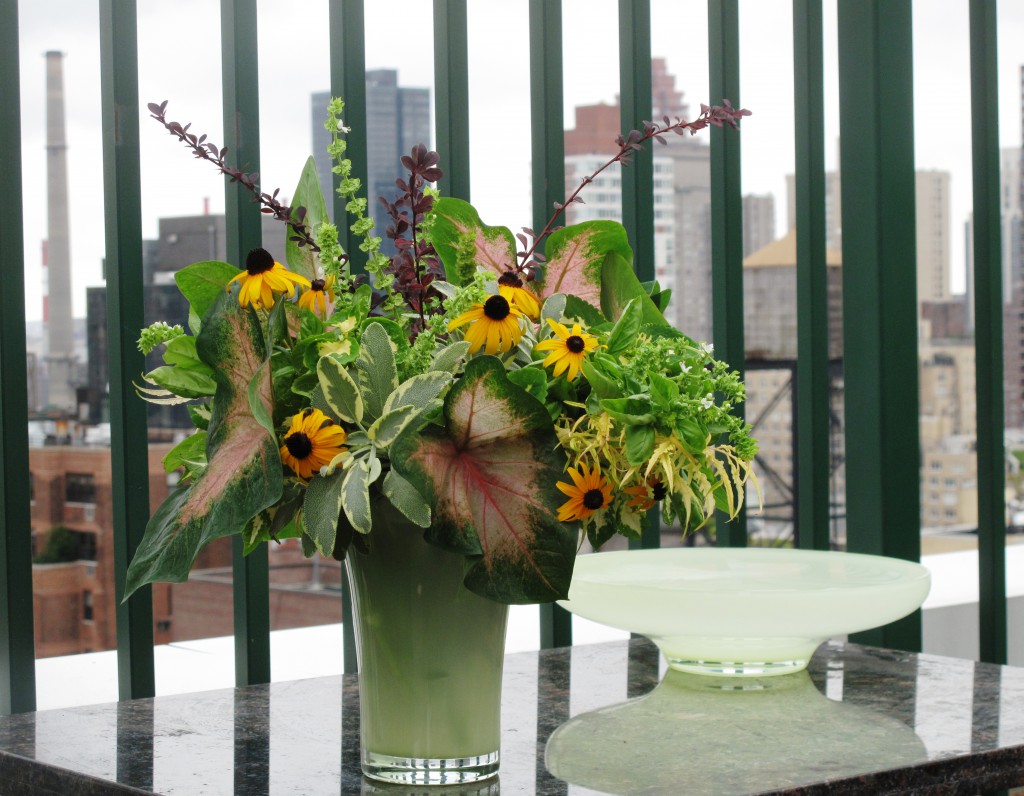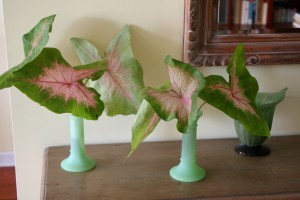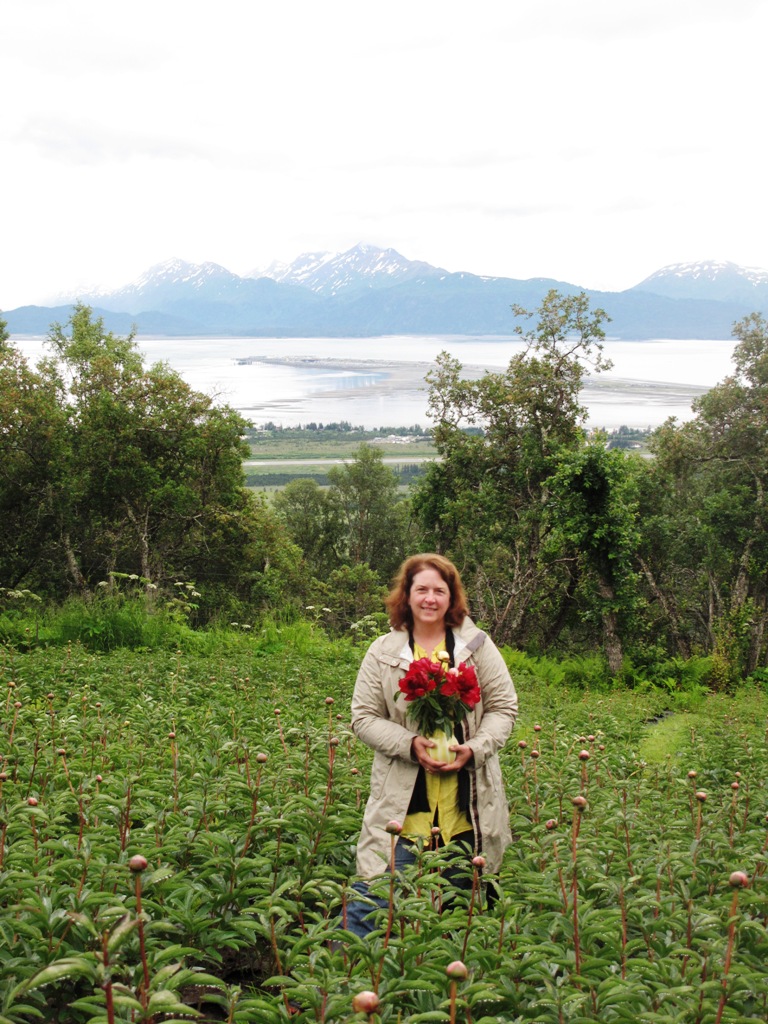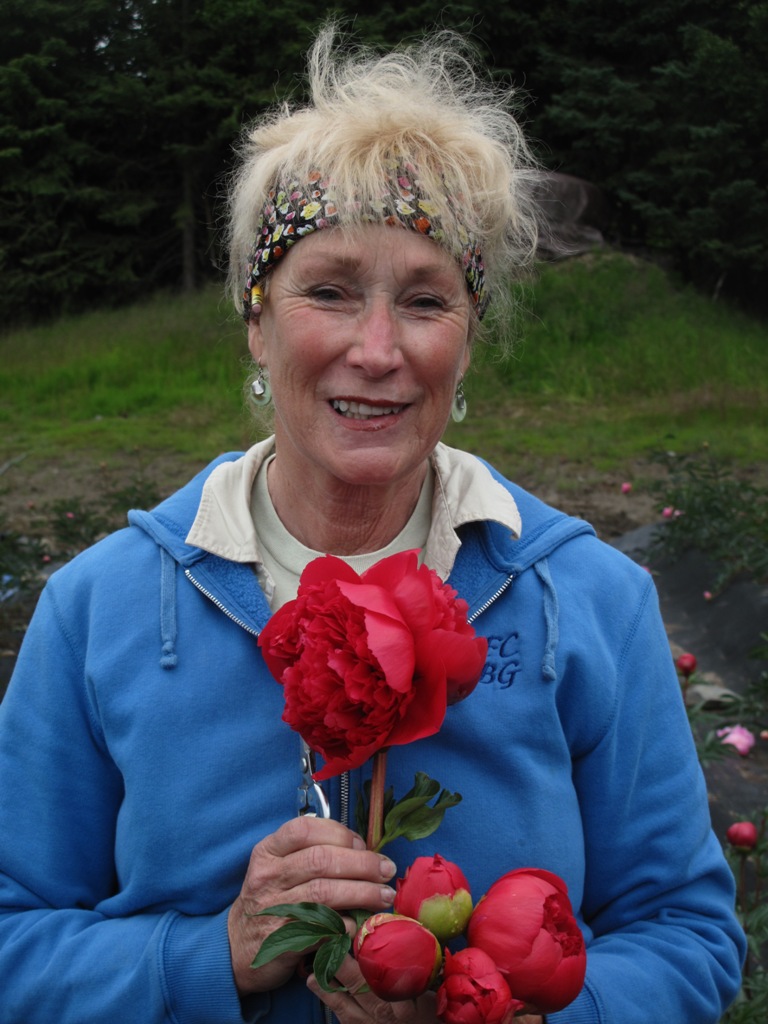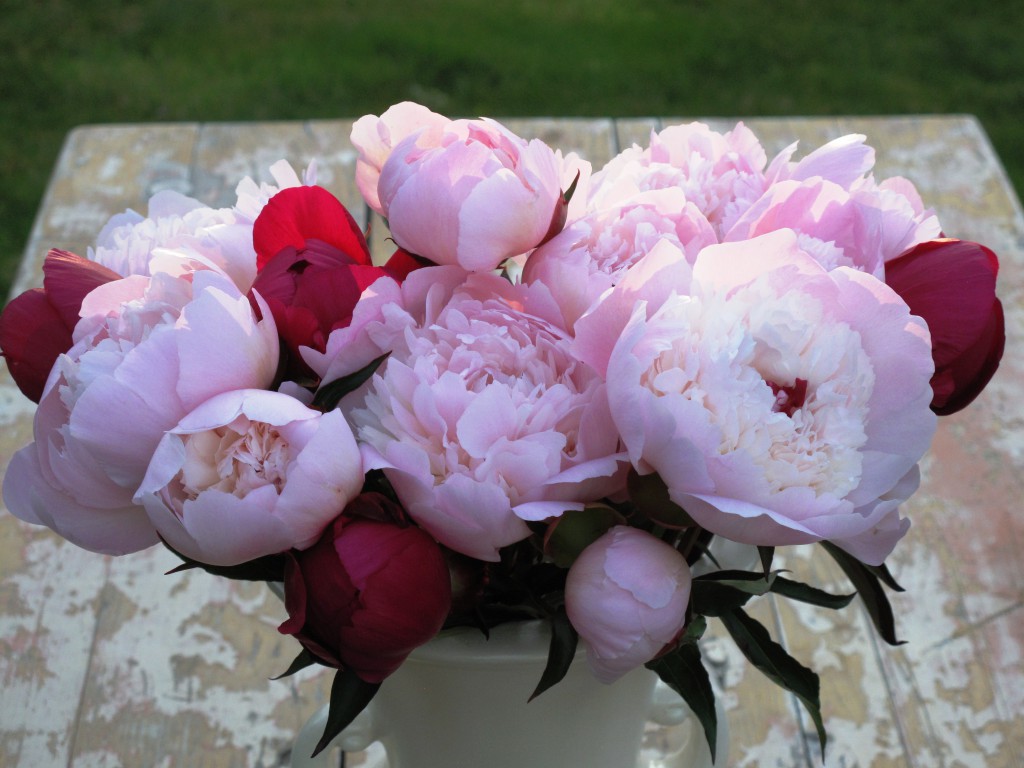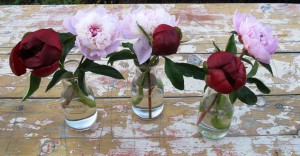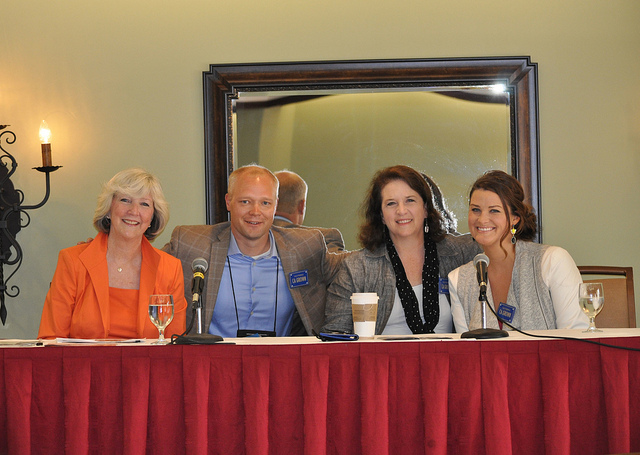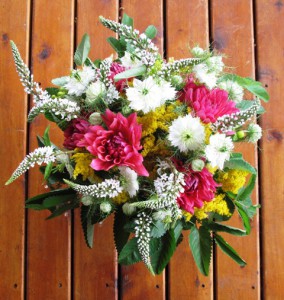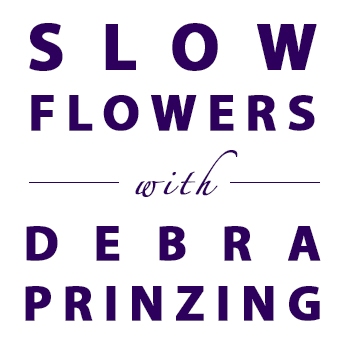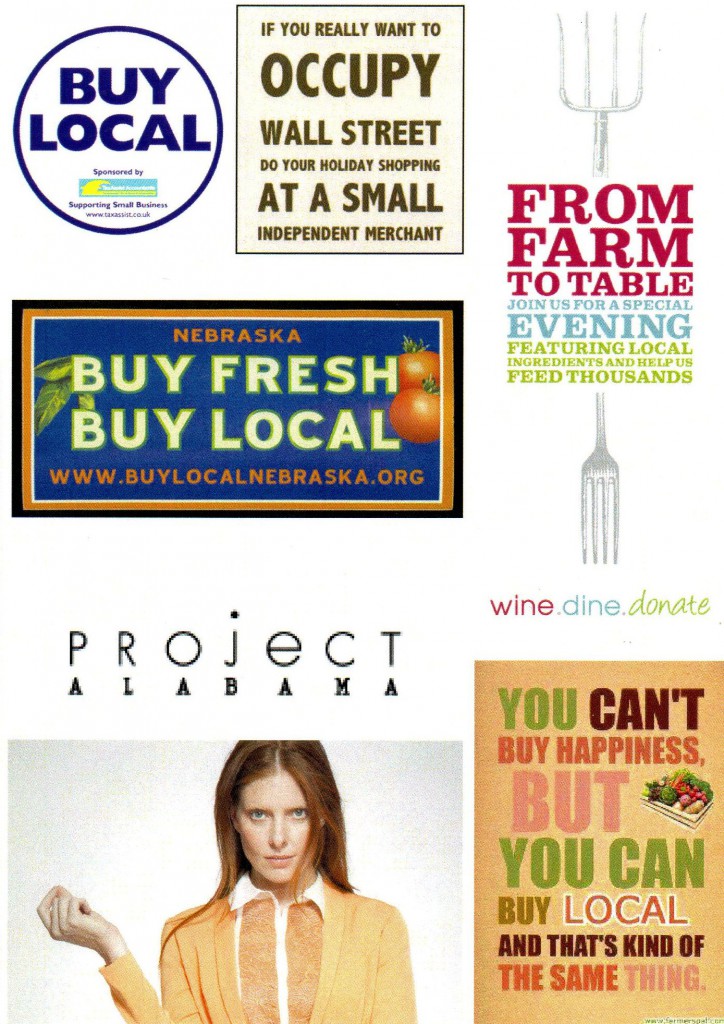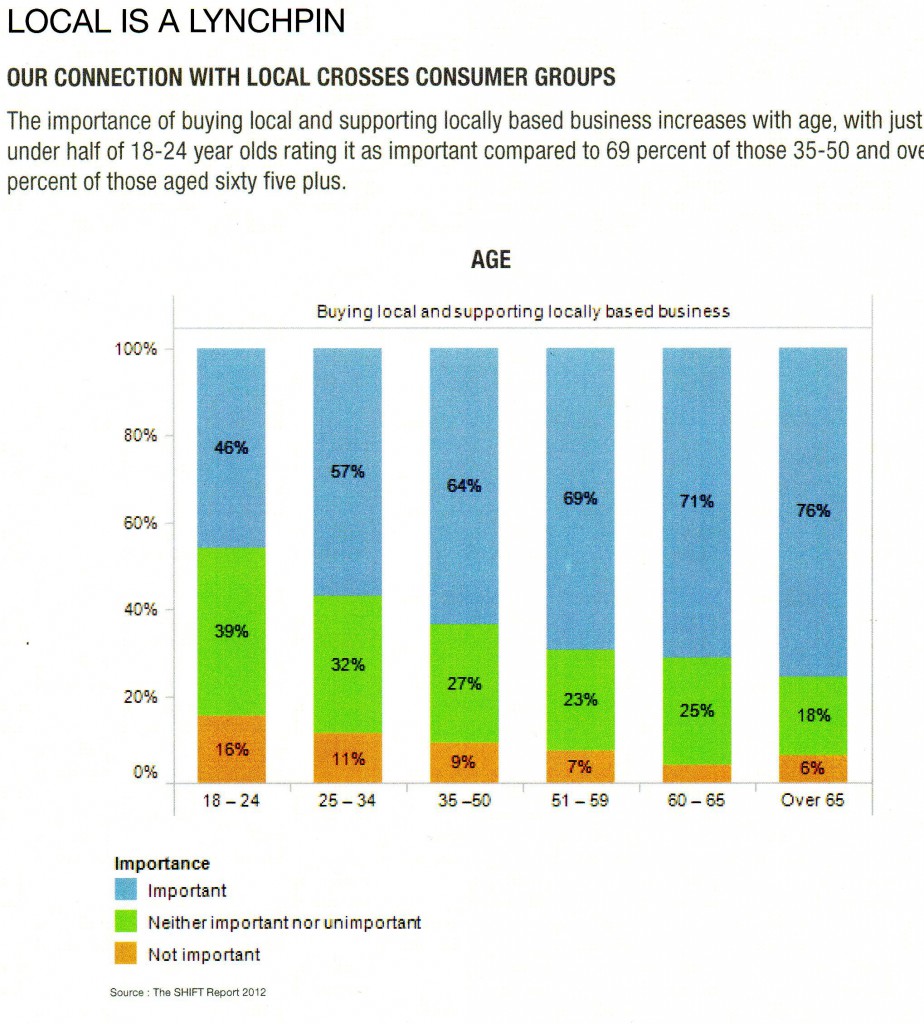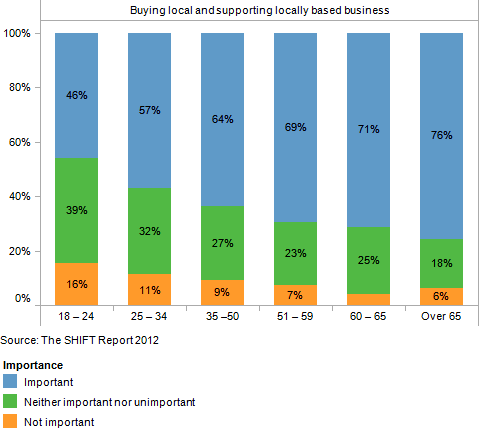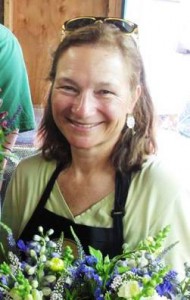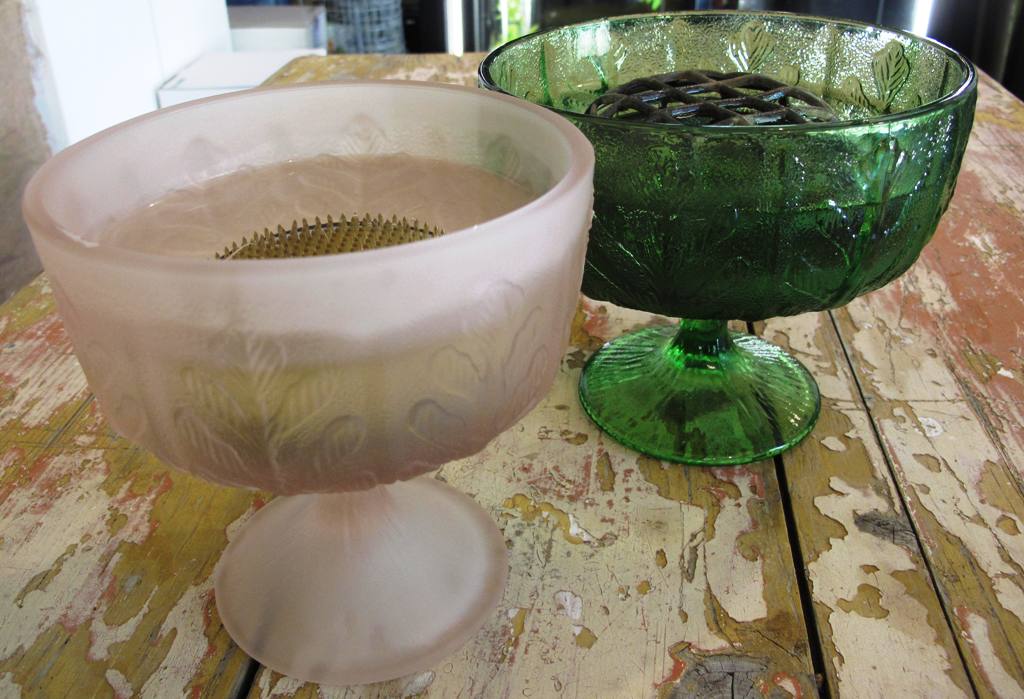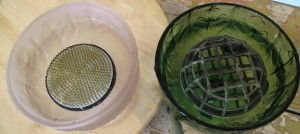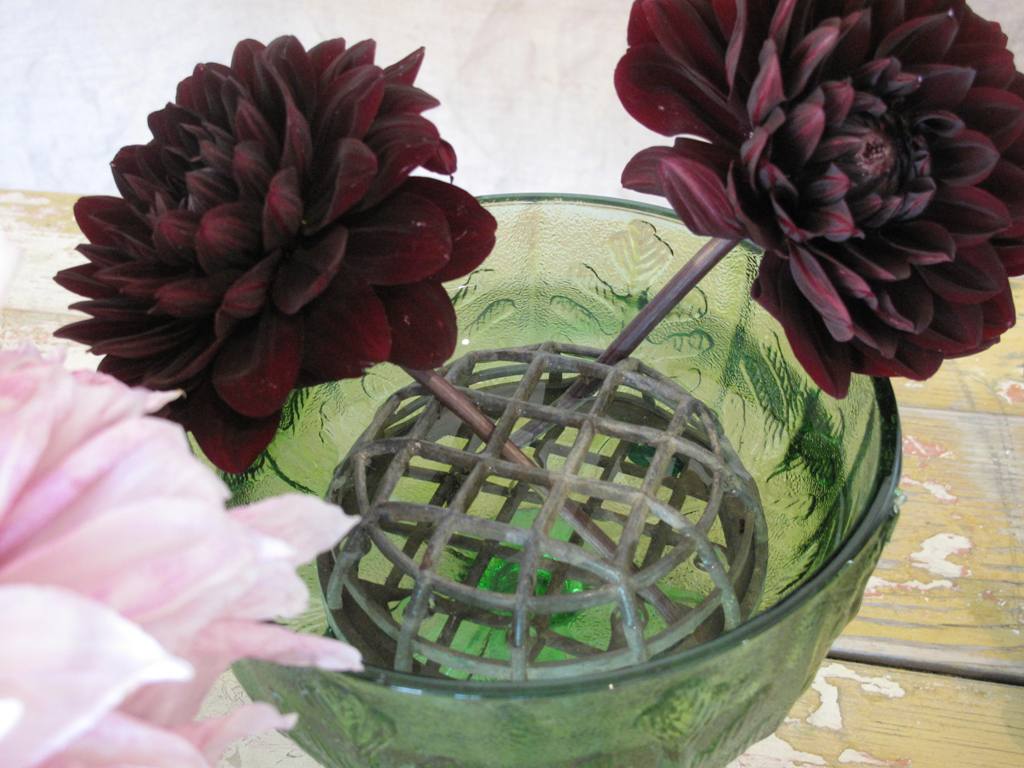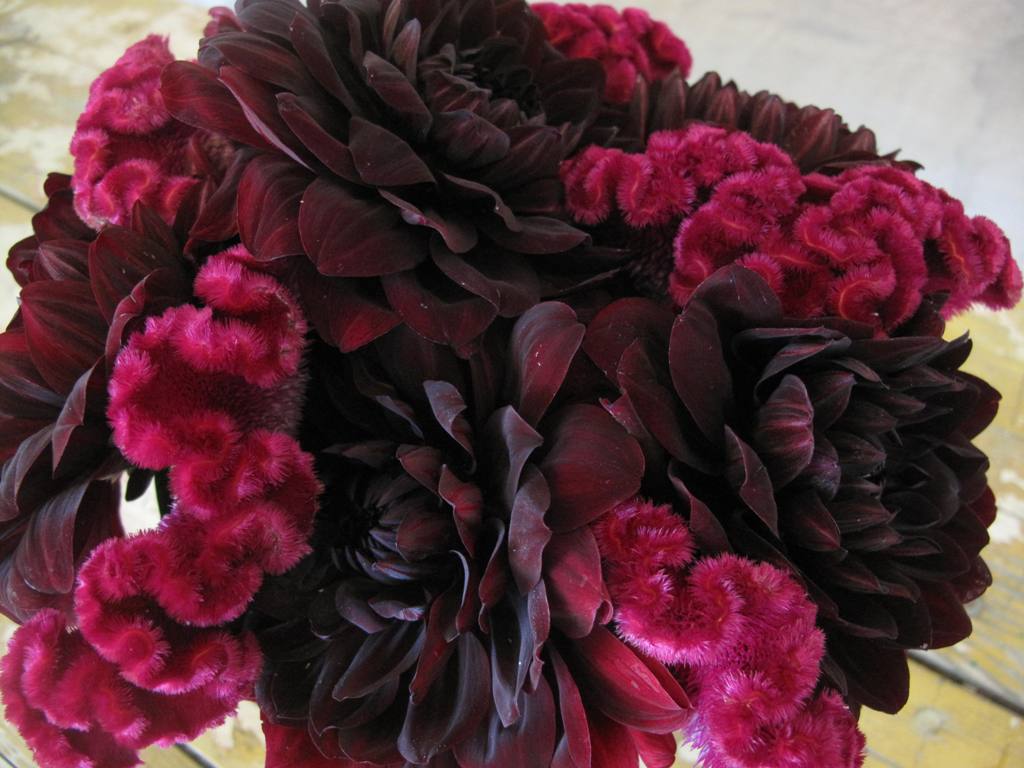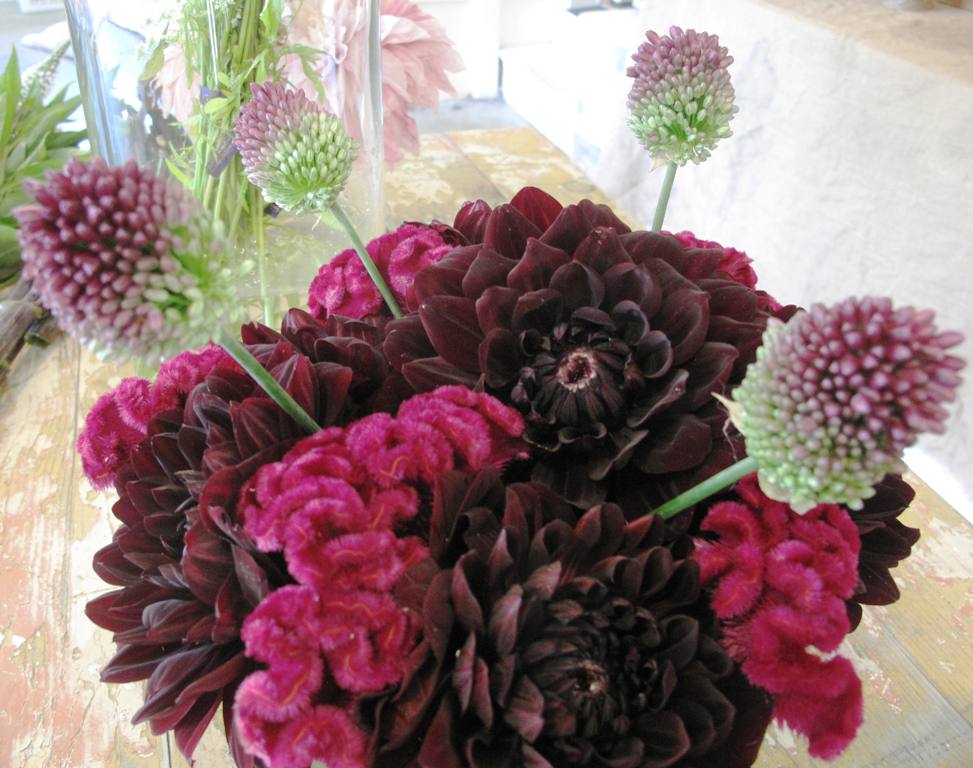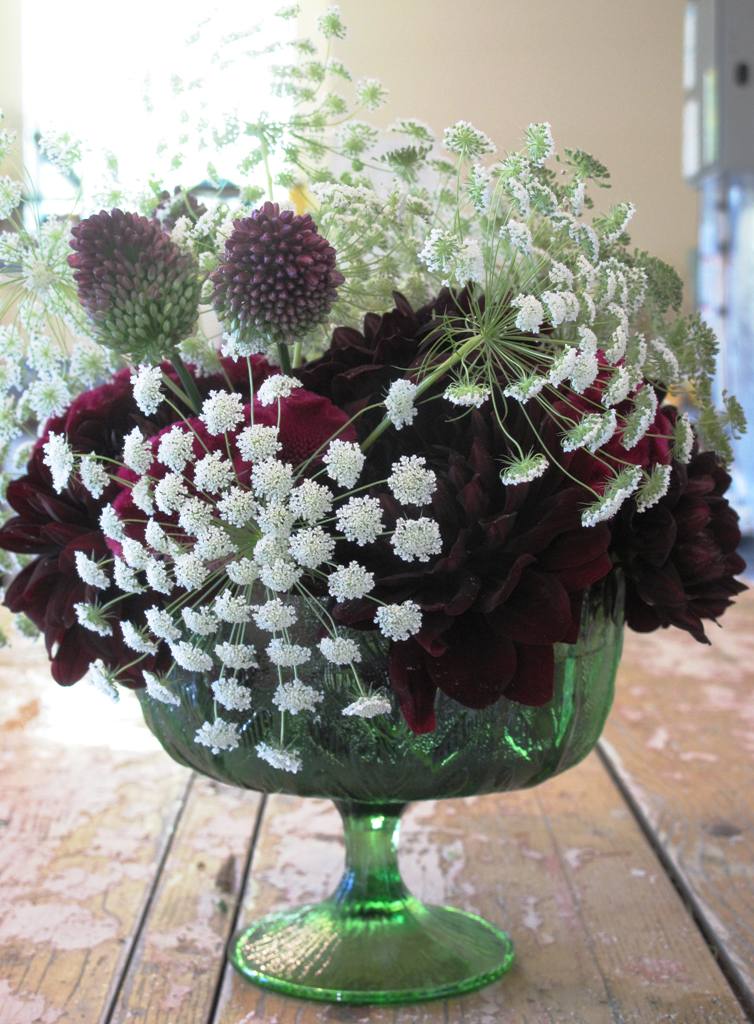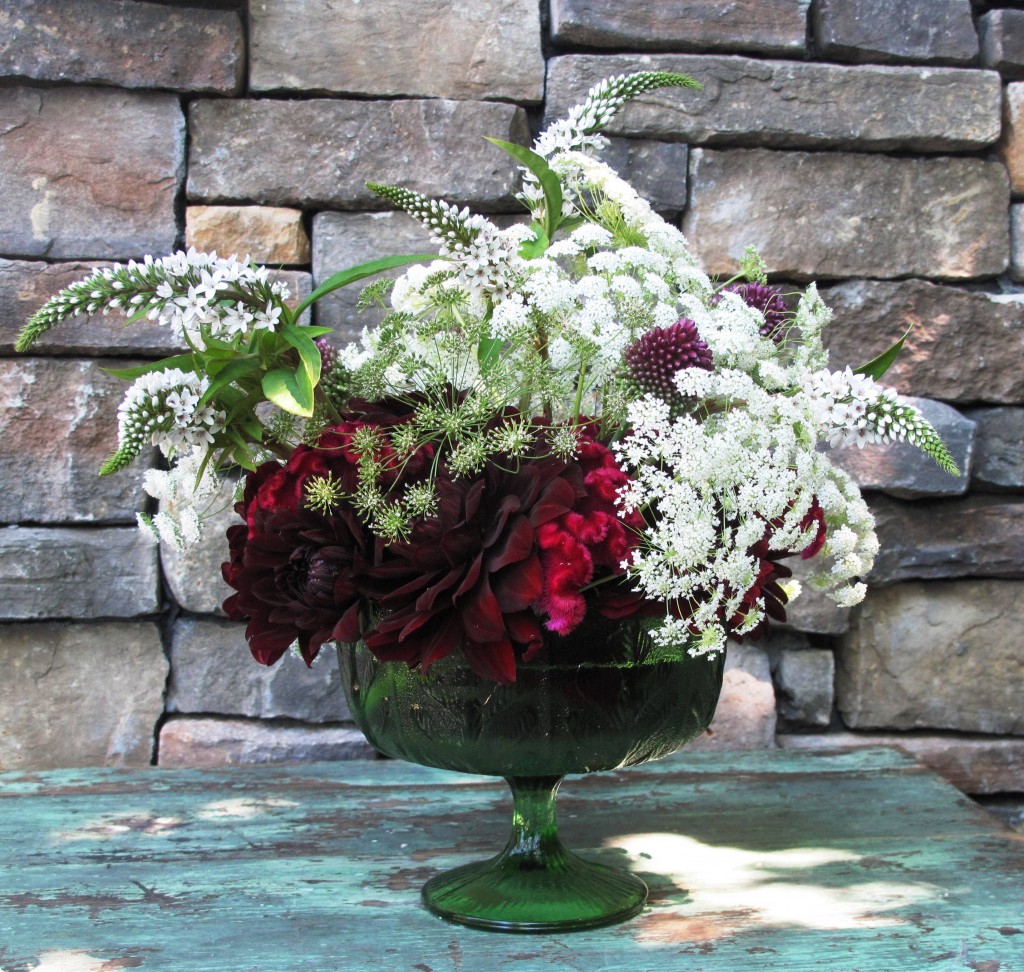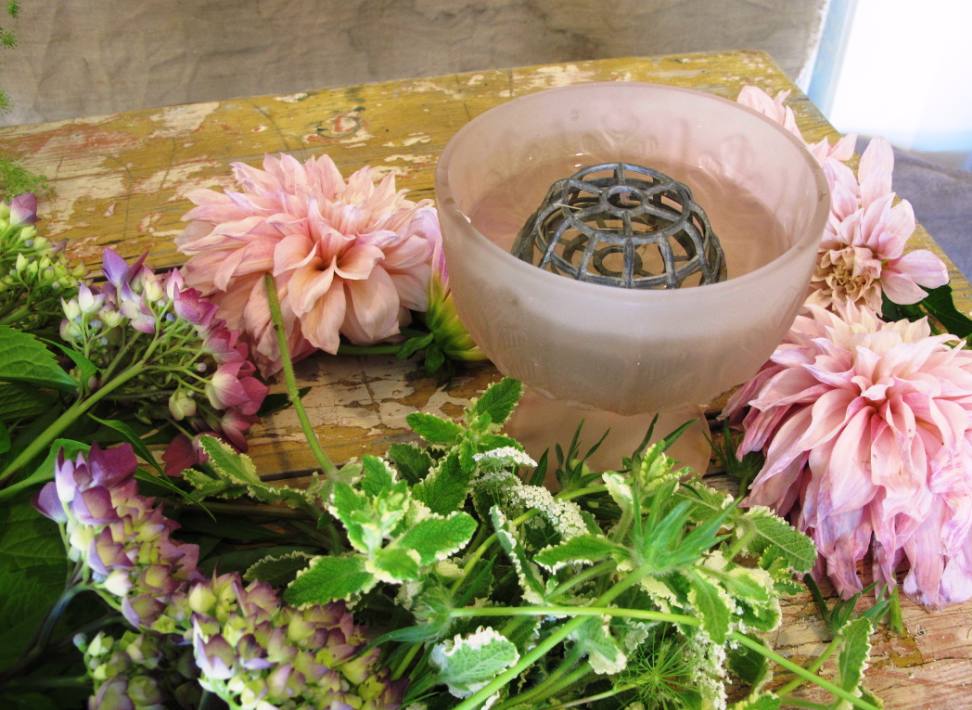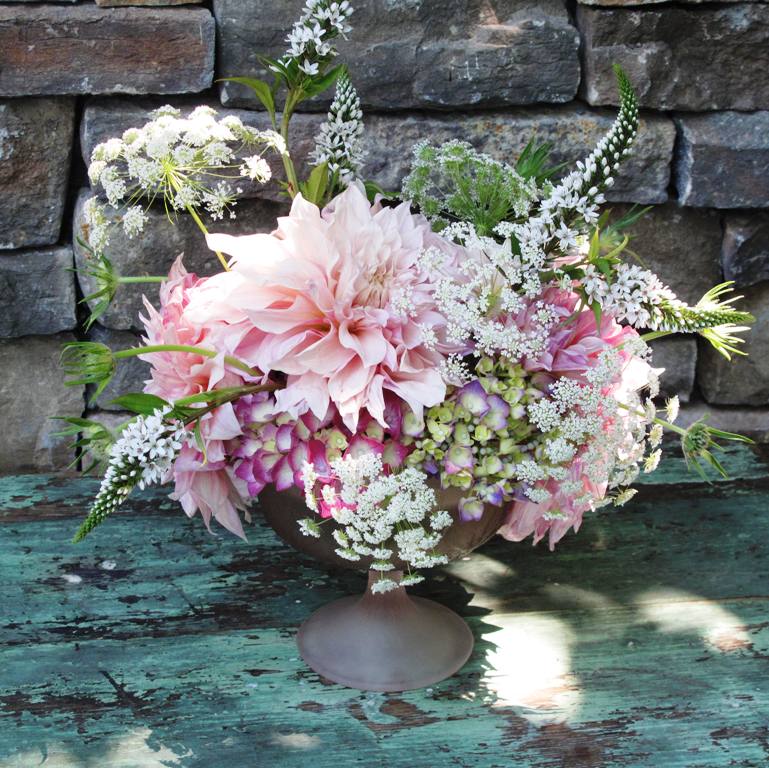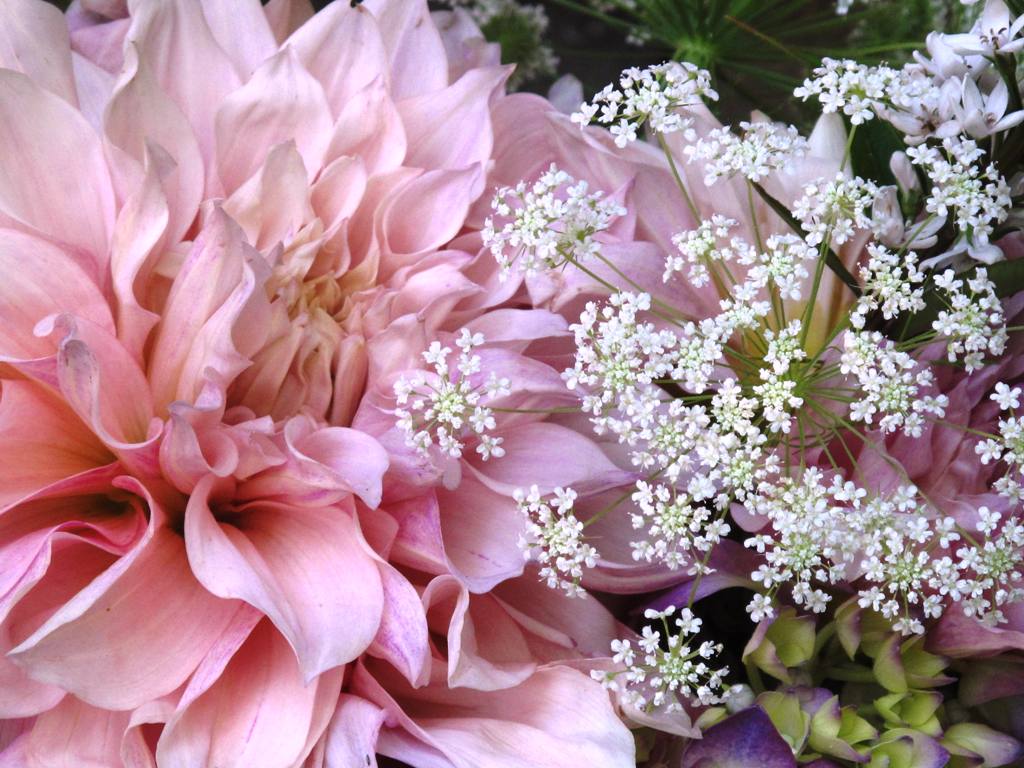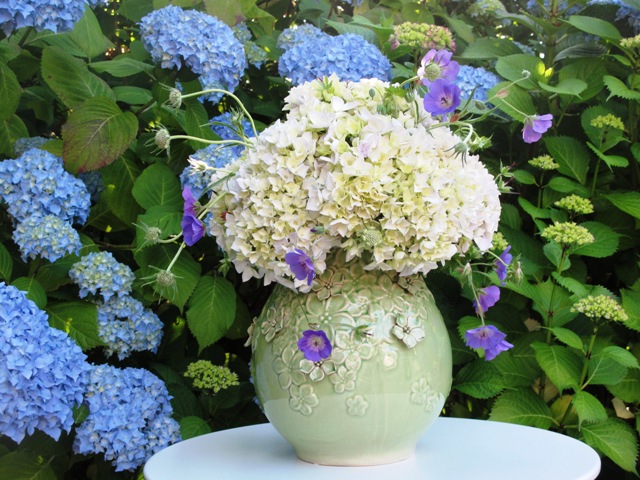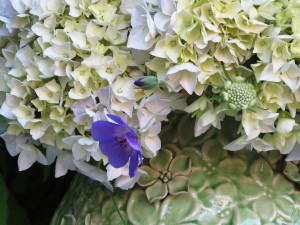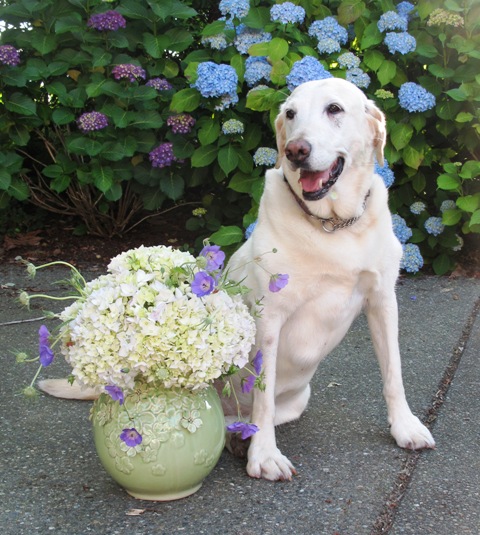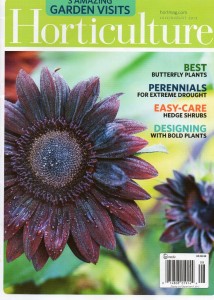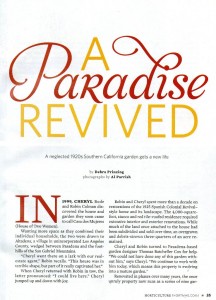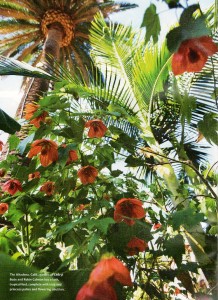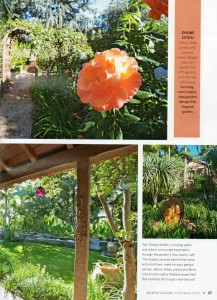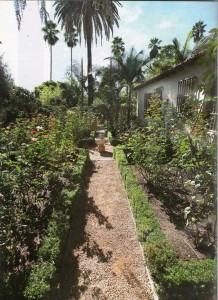Podcast: Play in new window | Download
Subscribe: Apple Podcasts | Podcast Index | RSS | More
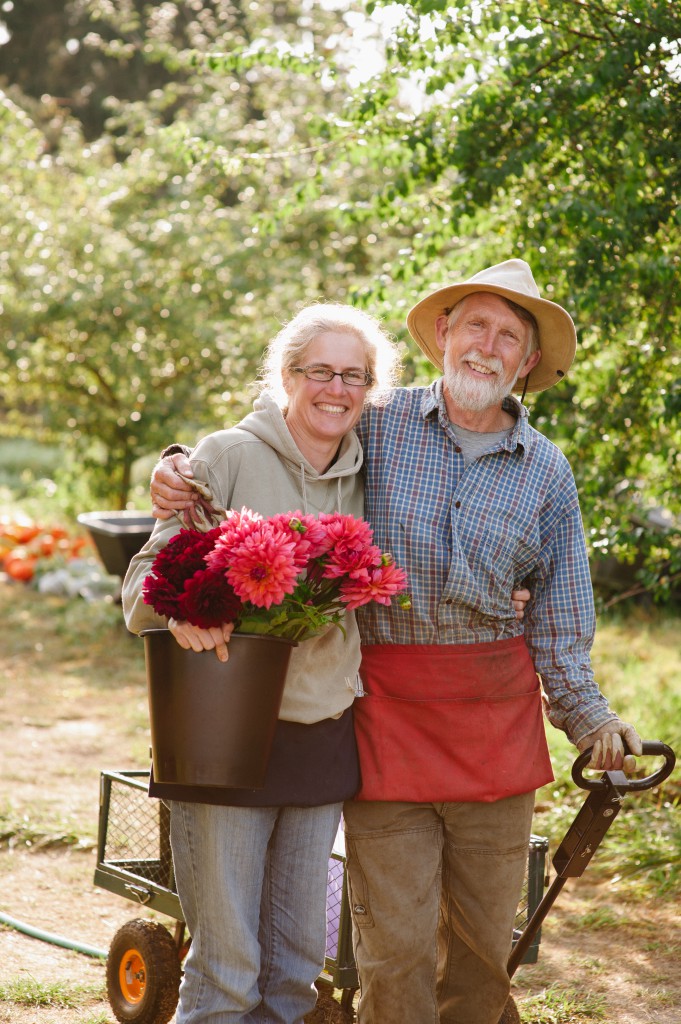
Diane Szukovathy and Dennis Westphall, photographed by Mary Grace Long (c) September 2012 at Jello Mold Farm in Mt. Vernon, Washington.
In this week’s podcast you’ll meet flower farmer Diane Szukovathy, the “cover girl” (along with floral designer Stacie Sutliff) of The 50 Mile Bouquet.
More than anyone I have met in the past five years, I credit Diane and Dennis Westphall, her husband and co-owner of Jello Mold Farm, with inspiring me and enhancing my understanding of what it means to be an American flower farmer.
I’ve interviewed and written about Diane and Dennis many times, but in today’s episode, I wanted to zero in on some of the exciting news taking place at the Seattle Wholesale Growers Market. This is an innovative, farmer-owned cooperative that Dennis, Diane and several other pioneering flower farmers launched two years ago. Their tagline is: Farmer to Florist.
Listen to my conversation with Diane as we discuss the new supermarket/mass merchandising program called “By the Bunch.”
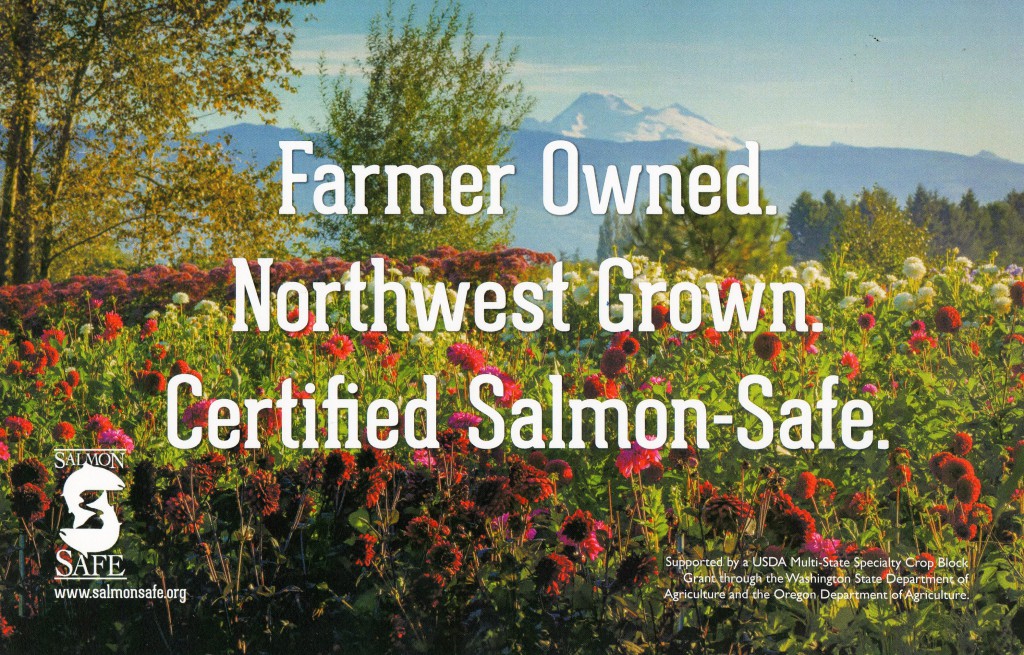
The flower-growers’ co-op provides great messaging and branding to educate customers at point of purchase.
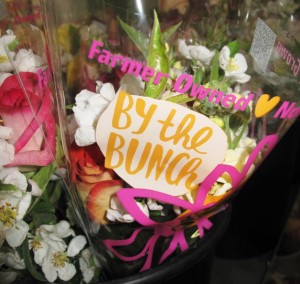
Remember this cool logo: By the Bunch. It means these gorgeous bouquets are possible because their ingredients were grown by a bunch of awesome NW flower farmers
This is a cooperative-driven model that was designed to connect local flower farms with volume market opportunties like grocery store floral departments. Diane explains how this new program came to be and why it has so much potential to increase the income stream for people growing cut flowers.
Click here for more background on Diane and Dennis of Jello Mold Farm.
Click here for news about the 2011 launch of the Seattle Wholesale Growers Market.
Click here for an October 2012 report about the grant funding that was used to launch the new mass market program.
Click here for the post I wrote this past spring when the By the Bunch bouquet program launched.









